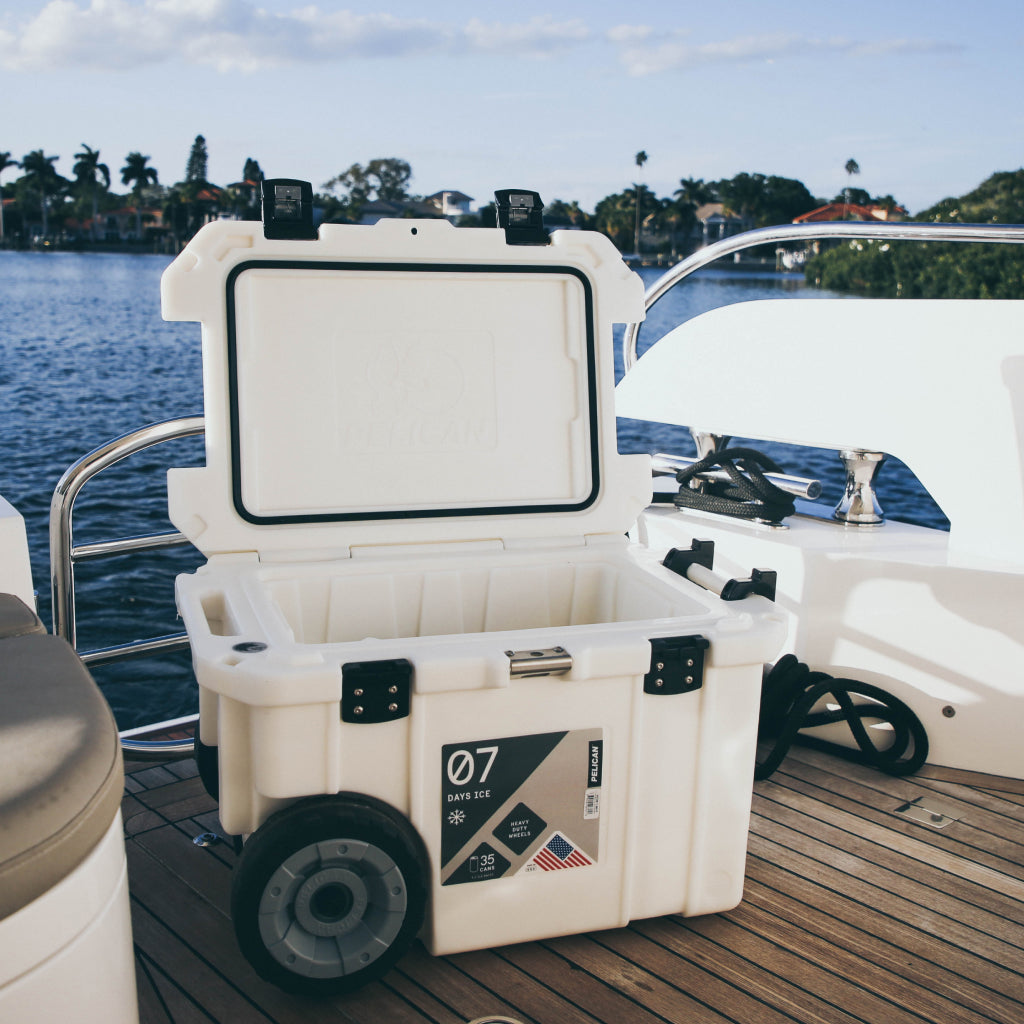How Long Does Dry Ice Last in a Cooler?
If you're a frequent camper, hunter, fisherman, or tailgater, you know that keeping your food and drinks cold is essential. Whether it's for an overnight stay or a daylong event, having a cooler filled with ice can make all the difference in keeping your goods from getting warm too quickly. But have you ever tried using dry ice instead? With slightly different properties than regular cubes of ice, dry ice could be the perfect solution to keep contents colder for longer periods - so how long does it last in a cooler? In this blog post, we'll explore why dry ice is beneficial and what storage precautions need to be taken when using it.
What is Dry Ice?
Dry ice is frozen carbon dioxide, which is the same gas that we exhale. It's different from the regular ice cubes you'd find in your freezer because dry ice does not melt - instead, it sublimates (changes directly from its solid form to a gas without ever becoming a liquid). It's much colder than regular ice, with temperatures reaching -109.3 degrees Fahrenheit (-78.5 degrees Celsius), and when it sublimates dry ice releases fog-like clouds of carbon dioxide.
The Benefits of Using Dry Ice in a Cooler
Since dry ice sublimates instead of melting, it can last much longer than regular cubes of ice when stored in a cooler. This is especially beneficial for long trips such as camping or fishing, where dry ice can keep contents colder for days instead of hours and prevent food from going bad quickly. In addition, dry ice is much less bulky and heavy than regular cubes of ice, so it won't take up nearly as much room in your cooler - meaning you'll have more room to store other items! Since dry ice doesn't melt, you won't have to worry about your cooler becoming full of water either.
How Long Does Dry Ice Last in a Cooler?
The answer depends on several factors such as the size of the cooler, the amount of dry ice used, and the outside temperature. Generally speaking, dry ice can last in a cooler for 18 to 24 hours. To get the most out of your dry ice, it is recommended to keep the cooler closed as much as possible while still following safe venting practices. This will help to reduce the amount of warm air that enters the cooler and slows down the sublimation process. Additionally, placing a layer of insulation material, such as towels or blankets, between the dry ice and the items in the cooler can help to prolong the life of the dry ice. To keep the contents of your cooler cold, it is recommended to check the temperature regularly and add more dry ice as needed.
Storage Precautions When Using Dry Ice
When using dry ice in a cooler, there are some important storage precautions you should take. Since dry ice is much colder than regular ice, it needs to be kept away from food and beverages - instead, place it at the bottom of the cooler on top of a few layers of newspaper or paper towels. Also, be sure that dry ice isn't touching any walls directly as this could cause them to become very cold and potentially crack. If you're cooler doesn't have a built-in pressure release, you'll want to create a vent for the carbon dioxide to escape and use common sense about dry ice in enclosed spaces. The carbon dioxide can build up in small spaces such as a car, so do your homework before using it and double-check the compatibility with your cooler! Finally, always wear protective gloves when handling dry ice, and don't let it touch exposed skin to prevent frostbite from occurring.
Using dry ice in a cooler can be an effective way to keep food and beverages cold for long periods. With proper storage precautions and regular temperature checks, dry ice can last up to 24 hours - allowing you to store items much longer than with regular cubes of ice! So next time you're planning for your next outdoor adventure, don't forget about dry ice as a potential solution to keeping contents colder for longer. Have fun and stay cool!



